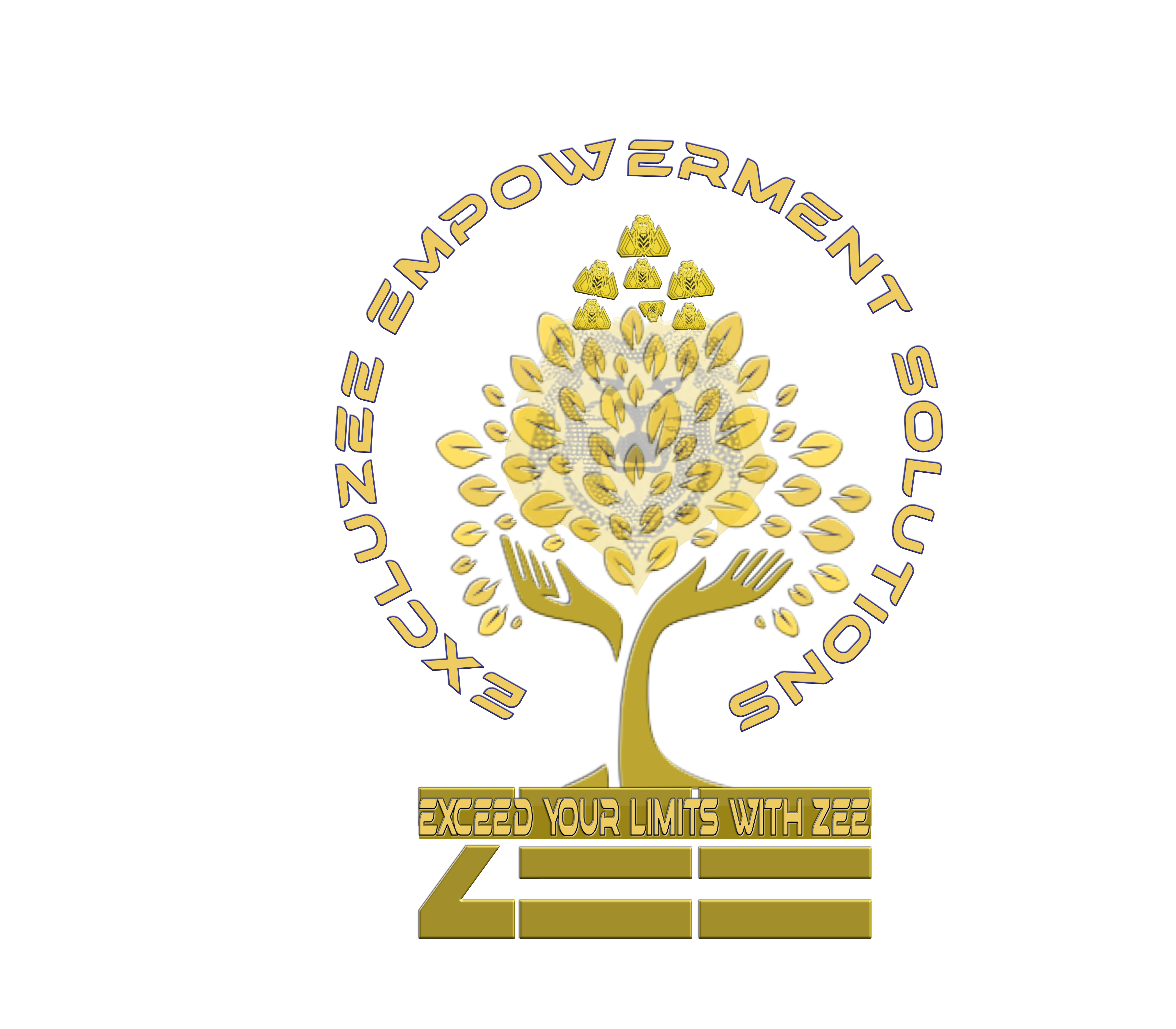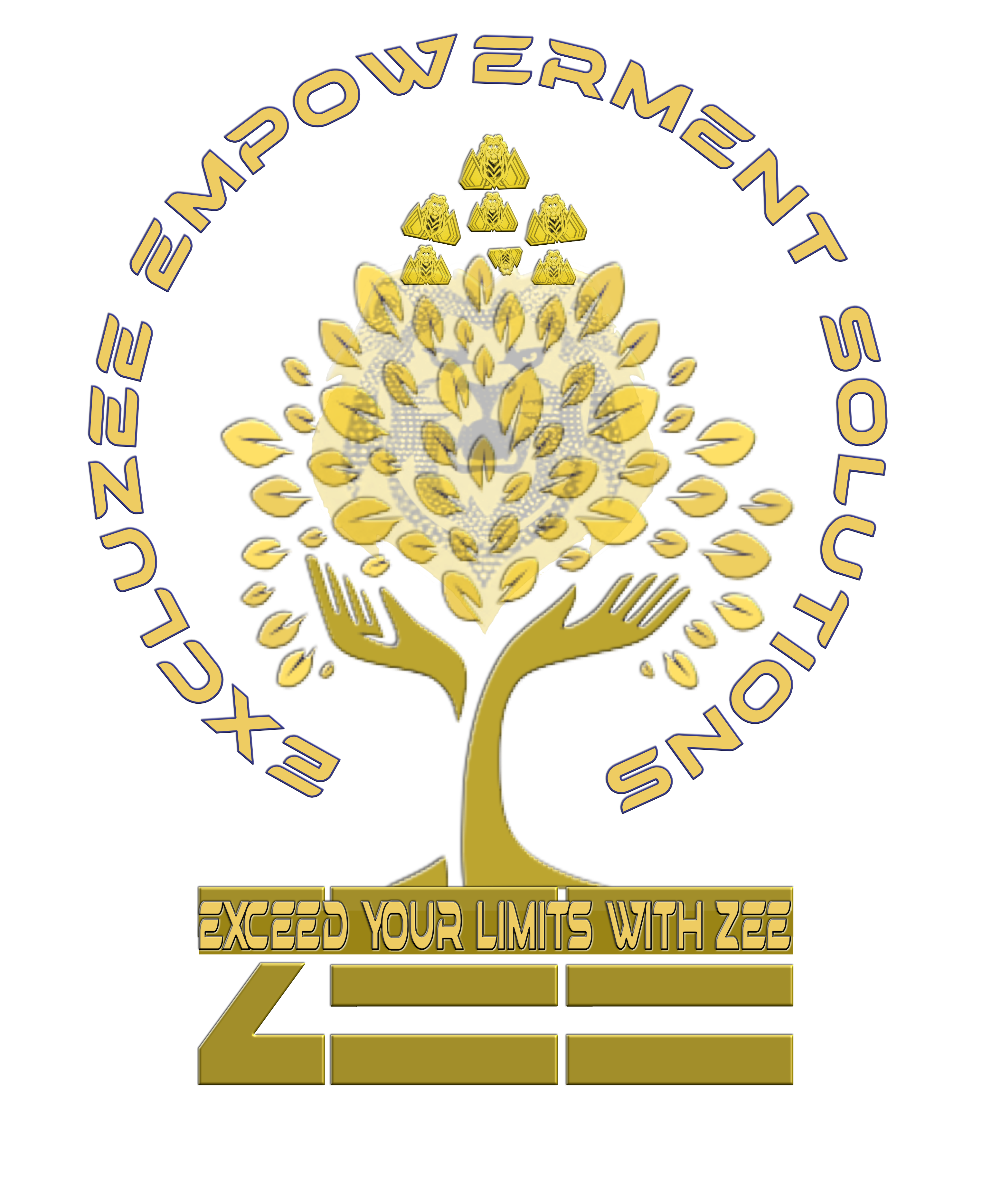Burndown Chart: What Is It & How To Use One For Agile?
ProjectManager is a cloud-based project management software program that any manager will wish to have of their toolbox. It has options corresponding to a real-time dashboard to observe and report on progress, and a web-based Gantt chart to streamline scheduling and help with collaboration. As its name suggests, the best work remaining line signifies the remaining work that a group has at a selected point of the project or dash under best conditions. Project managers use past data to estimate this baseline and draft a straight line across the burndown chart. Team managers use burndown charts as a method to see the overall progress of the project and the work remaining. Developers may also use burndown charts to measure progress or to show the team what’s left to do in an Agile sprint.
Not to say, it’s perfect for many who choose to visualise their duties and the overall project objectives. This is why burndown charts are sometimes paired with a product backlog, managed by the product owner, and a change control process to successfully observe project progress. While burndown charts are nice for rapidly evaluating the ratio of labor remaining and the time it takes to complete that work, they don’t show everything about the trajectory of a project. This makes it troublesome to inform if adjustments are due to the backlog of things being accomplished or because of a change in story factors.

However, they do not work properly on tasks the place a lot of adjustments occur. These projects work greatest using an alternate type of the release burndown chart. Burndown charts are most frequently used on Agile teams to plan and observe the work accomplished in a selected Sprint (a brief interval of work). However, while these charts started as an Agile idea, they’ve gained recognition throughout all kinds of teams and projects. As a end result, it can be onerous to inform if changes in the burndown chart are as a outcome of completed backlog gadgets or because of a rise or lower in story points. Having a burnup chart resolves this problem by having a separate line in the graph for the overall backlog dimension.
Tips On How To Arrange Your Personal Burndown Chart
From estimating effort to monitoring daily progress, let’s take a glance at the five steps to creating a burndown chart to estimate the amount of work wanted. An effective burndown chart should embrace the overall sprint objective, which helps hold the group focused and motivated. The dash aim is commonly represented as a goal line on the chart, indicating the specified progress on the finish of each dash. While the actual progress may deviate from this goal, having a transparent target helps information the group’s work. The burndown charts provide good input in sprint retrospective meetings as a end result of teams can see the changes and have a look at the knowledge to search out the actual explanation for any problem or delay. Through team discussions and brainstorming conferences, groups can analyze the data and find solutions.

In this instance, the chart exhibits that the team started with 360 story factors. To successfully full their project in their deliberate six sprints, the staff would have to common 60 story factors for every sprint. The estimation statistic is essential as a outcome of it is used to calculate staff velocity. For each sprint, the velocity is the sum of the Estimation Statistic for completed tales.
The cone is often created utilizing best-case and worst-case scenarios. The precise work remaining line signifies the remaining work a group has at any level of the project timeline. Unlike the perfect work remaining line, this isn’t an estimate, however somewhat a sensible depiction of the team’s efficiency. The line is drawn as the staff progresses and completes person tales. Actual work remaining traces are normally not straight as teams work at completely different paces as tasks are accomplished. A burndown chart helps agile project administration groups maintain monitor of what’s been carried out, what needs to be done and how a lot time is left in the project.
Burndown Chart: What’s It And How Do You Create One?
Just comply with together with these fast steps and you’ll be in your method to visualizing your subsequent project’s progress. Throughout this text, we’ll talk a bit more about what a burndown chart is, what goes into one, why you might wish to use one and how to create your individual burndown chart. Both PERT and Gantt charts are incredibly helpful in project management. Project management software like Asana presents integrations with these metrics and instruments, making it easier to trace and analyze your project’s efficiency.

This can be an excellent software to visualise and better manage your team’s workload so you possibly can prioritize your schedule. Let’s dig into what a burndown chart is and the means to create one of your own. Teams should replace the ‘effort remaining’ measurements on their burndown charts every day. If groups lag in this task, their burndown chart might not be accurate. It can be utilized to track the total work remaining within the sprint, and to project the probability of achieving the dash objective. By monitoring the remaining work throughout the sprint, a staff can manage its progress, and reply to trends accordingly.
They can not, for instance, clearly or successfully measure work that is nonetheless in progress; they solely measure what has already been accomplished. This constitutes an “information radiator“, offered it is updated regularly. Two variants exist, depending on whether the amount graphed is for the work remaining in the iteration (“sprint burndown”) or more generally the whole project (“product burndown”). With your “ideal” line in place, you now have a easy illustration of what your project progress ought to seem like. As you and your staff full duties, you should plot the project progress you really made in your burndown chart. With in depth chart and graph choices, you probably can visualize your project management in any method you want, whether or not it’s with a burndown chart, Gantt chart or one thing else totally.
In short, your burndown chart is a information that permits you to maintain an in depth eye in your project’s timeline and workload. It helps you act accordingly so that you simply deal with your deadline as a rule—not a suggestion. Research from LinkedIn studying states that 70% of employees establish their workloads as their biggest driver of stress at work. This is an efficient sign that managers have to take steps to grasp bandwidth and preserve practical expectations. A burndown chart helps you spread project work out evenly—rather than everybody scrambling to get over the end line.
World Improvement
A true burndown chart will not have straight strains exhibiting timeframes as a outcome of the staff won’t ever full their tasks on the same pace or in the identical timeframe. Burndown charts only show the variety of story points accomplished, they do not indicate any adjustments within the scope of labor as measured by complete factors within the backlog. As a end result, it’s troublesome to tell whether adjustments within the burndown chart may be attributed to backlog objects completed, or just an increase (or much less likely) a lower in story points. The burn-up chart resolves this concern by showing a separate line for general backlog dimension.

Learn about its benefits and tips on how to fill out a gantt chart with Wrike. Delve into the core ideas behind a burndown chart, a graphic depiction of the effort and time needed to finish a software program project. For Scrum teams that work on Agile projects, this could drastically reduce the guesswork of tracking the remaining work left. Not to say, you’ll be prepared to identify and prevent scope creep earlier than it occurs. The fourth step of creating a burndown chart involves acquiring the final dataset.
The estimation statistic is the unit of measurement your group will use to estimate work. In Jira, you can measure work using story points, hours, or you’ll be able to provide you with your own statistic. Her expertise in digital advertising includes every thing from social media, blogging, email advertising to graphic design, technique creation and implementation, and more. During her spare time, she enjoys exploring her home metropolis of Charleston with her son.
Track And Update Project Progress
The Scrum Master is answerable for updating the release burndown on the finish of every sprint train. On this chart, the horizontal axis reveals every sprint whereas the remaining work is proven on the vertical axis. A burndown chart is a helpful tool that showcases how a lot work has been completed in a project or a dash in comparability with how much work must get carried out to hit the timeline. This visualizes your team’s progress, helping (a) keep them accountable and (b) motivate them to keep the pace and end the project. If they don’t, then they’re risking the profitable completion of the project. A burndown chart is simply one of the many tools that result in project success.
Fortunately, implementing a burndown chart is the right solution for maintaining a closer eye in your project timeline and task progress. Project and task management require lots of group, and project administration charts are an efficient way to keep observe of a project. It is important to remember that the worth captured for each day is the estimated effort to complete the task, not the actual effort. For instance, it only shows the number of story factors which were accomplished. The burndown chart doesn’t present any changes, for instance, in the scope of labor as measured by the entire factors in the backlog.
A burndown chart is a visual representation of the remaining work versus the time required to complete it. By estimating the time it takes to complete tasks, points, and testing, you can determine the project completion date. To cease this from happening in your staff, it’s important https://www.globalcloudteam.com/ to concentrate on the first directive. Scrum Masters typically use burndown charts and every day stand-ups as a self-organization software with their team. It shows the master and members what work they have accomplished and what issues they face.

After the primary iteration of a project, the efficiency factor is recalculated to allow for more accuracy. But if it’s active, you’ll be able to see which intervals of elapsed time went higher or worse than anticipated. You’ll also discover massive gaps in progress which can require a project overhaul to finish it on time. It represents the entire variety of total tasks or effort wanted for the entire project on the vertical axis. In this instance, they’ve chosen to measure effort in hours rather than tasks.
Burndown charts also facilitate every day stand-up meetings and sprint retrospectives, offering a visible help for discussing progress and challenges. They help the Scrum Master and Product Owner make knowledgeable choices about prioritization, useful resource allocation, and sprint planning while promoting transparency and belief with stakeholders. Once you’ve completed your story factors, you can begin drawing your best remaining time and your actual time. These strains will doubtless look barely completely different except your precise work finally ends up being the precise effort estimated at the beginning.
Burndown Chart
Follow these easy steps and you’ll be a burndown chart pro very quickly. In agile, estimation refers to measuring the size of a team’s backlog, or a person piece of work. Tracking refers to utilizing definition of burndown chart these estimates to ensure work is on-track for completion. When the info is out there, the project burn-down chart may be created.
Recent Posts
Игровые Автоматы 777 Играть Онлайн Бесплатно И На Деньги В Казино
The Development and Impact of Online Gaming in Australia
All Categories
- ! Sem uma coluna
- ! Senza una colonna
- ! Without a column
- ! Без рубрики
- 1
- 1w
- 1Win AZ Casino
- 1Win Brasil
- 1win Brazil
- 1WIN Casino Brasil
- 1win India
- 1WIN Official In Russia
- 1win Turkiye
- 1win uzbekistan
- 1winRussia
- 1xbet Korea
- 1xbet Morocco
- 1xbet russia
- 1xbet russian
- 2
- 7 slots
- 7slots
- 7slotscasino
- acad
- AI Chatbot News
- AI News
- Article
- Artificial intelligence
- asian brides
- Bahis siteleri
- Bahis sitesi
- Bahis-Siteleri-Mobil-Ödeme-İmkanları-2024.html
- Base
- best dating sites review
- bet-casino-siteleri_3
- bet10
- bet10 casino
- bet10-casino
- bffsf
- bh_aug
- Big-Bass-Bonanza-Yeni-Slot-Oyunu-İncelemesi.html
- Bigger-Bass-Bonanza-Yorumları-Slot-Oyunu-İncelemesi(3).html
- blog
- Bookkeeping
- Bootcamp de programação
- Bootcamp de programación
- Bussiness
- casino
- casino-okey_1
- Casino-Oyunları-Algoritması-Açıklaması(3).html
- Casino777SilverBitcoin
- casinom-hub_aug
- casinomaxi
- chinese dating
- Clean content
- Clover-Link-Nedir-Online-Kumar-Oyunları-Hakkında(1).html
- Configuration
- content2
- Cryptocurrency exchange
- Cryptocurrency News
- dirty-talk
- Dog-House-Slot-Oyna-Eğlenceli-Kumar-Deneyimi.html
- Education
- Ethereum-Kabul-Eden-En-İyi-Casino-Siteleri-2024(7).html
- Events
- find a bride
- find a woman online
- FinTech
- Forex Trading
- Games
- gates-of-olympus-indir
- Gerçek-Para-Çevrimiçi-Kumar-Siteleri-Rehberi(4).html
- GGBet
- girls-do-porn
- hitbet
- hovarda
- IT Education
- IT Вакансії
- IT Образование
- IT Освіта
- japanese mail order bride
- kmsautodddddddd
- latin brides
- latin dating
- latin dating online
- leramiss
- Life Style
- Logs
- mail order bride
- mail order brides
- mail order wife
- Mostbet AZ Casino
- mostbet tr
- Mostbet UZ Kirish
- Music
- My Blog
- Myofascial
- Networking
- News
- online dating
- Optimization
- padisahbet
- perabet
- pin up casino
- Pin UP Casino AZ
- Pin Up Peru
- plinko
- processed
- prostoforex.com
- PU_aug
- Reflexology
- rulet-oyunları
- russian brides
- sexting
- sexy-girls
- slot-pragmatic-gates-of-olympus
- slottica
- Sober living
- Software development
- Starlight-Princess-1000-Logo-Slot-Oyunu-İncelemesi(2).html
- Storage
- Sugar-Rush-Slot-Deneme-Bonusu-İle-Kazanın(6).html
- sweet-bonanza-deneme-oyunu_1_1
- Sweet-Bonanza-Nasıl-Para-Kazanılır-İpuçları-ve-Stratejiler.html
- sweet-bonanza-ne-anlama-gelir_21
- Sweet-Bonanza-Oyunu—Para-Kazandıran-Şeker-Oyunu(7).html
- Technology
- thai women dating
- The-Dog-House-Slot-RTP-Kazanma-Şansınız(6).html
- Tournaments
- tr
- Uncategorized
- Uptime
- Wild-West-Gold-Nasıl-Oynanır-Detaylı-Slot-Rehberi.html
- women for marriage
- xslot
- xslotscasino
- Yeni-Üyelere-Deneme-Bonusu-Veren-Bahis-Siteleri.html
- водка
- Новости
- Новости Криптовалют
- Финтех
- Форекс Брокеры
- Форекс Обучение
- Форекс партнерская программа

